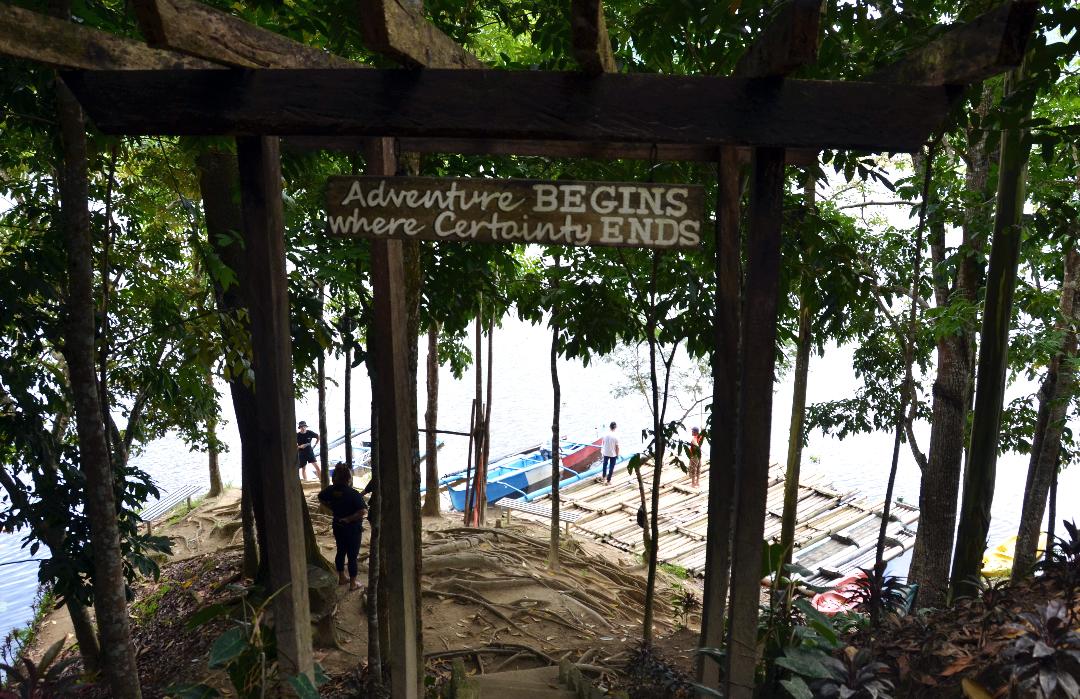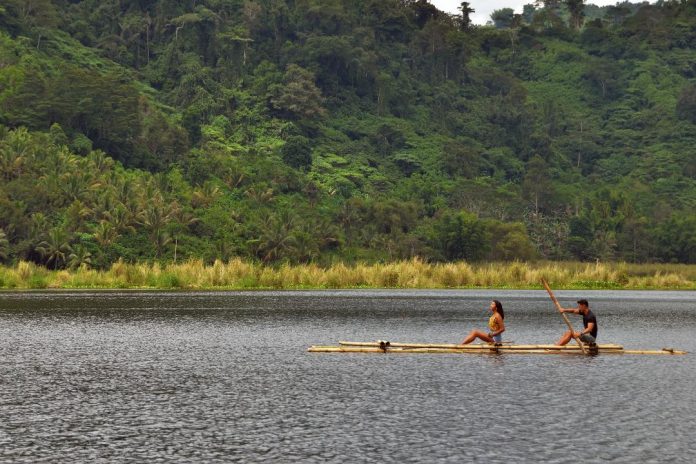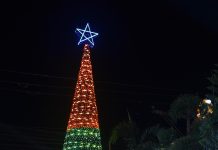Lakes always attract attention especially if it sits on an active volcano.
That’s exactly what Mount Leonard is.
Mount Leonard, located in Davao de Oro, may not be as popular as Mayon Volcano but it is one of the 22 active volcanoes identified by the Philippine Institute of Volcanology and Seismology (PhiVolcs). It stands at 1,190 meters above sea level.
On top of this volcano is Lake Leonard. On how it was formed, Wikipedia chronicled: “Volcanic activity began 1.1 million years ago in the area and a series of lava domes in the region surrounding the lake were created about 290,000 years ago. One of the biggest of these domes collapsed leaving a caldera that in time filled with water and transformed into a freshwater lake capable of sustaining life.”
Lake Leonard is one of the tourist attractions of Davao de Oro, as it is wedged between the mining town of Maco and the agricultural municipality of Mabini. It is located 60 kilometers northeast of Davao City.
Lake Leonard used to be called Crocodile Lake. According to history, the lake was teemed with the dreaded reptilian species in the past. Habana, a famous Mansakan crocodile hunter, could attest to the existence of crocodiles on the banks of caldera lake.
The name was changed later when Leonard Kniazeff, a mining prospector of Samico who later became the first general superintendent of the company, discovered the lake. It was never mentioned in the Census Atlas of the Philippines as late as the 1940s.
 “Kniazeff stumbled on the lake while he was prospecting for minerals in the 1930’s within a 15-kilometer radius of his base in pre-war Davao Gold Mines based in Hijo,” wrote Fe Fuentes Maestre, the provincial information officer of Davao de Oro.
“Kniazeff stumbled on the lake while he was prospecting for minerals in the 1930’s within a 15-kilometer radius of his base in pre-war Davao Gold Mines based in Hijo,” wrote Fe Fuentes Maestre, the provincial information officer of Davao de Oro.
What used to be a haven for crocodiles, the 200-hectare caldera lake is now teeming with tilapia.
As a tourist destination, the Lake Leonard Ecotourism Park is managed by the local government unit of Maco. Visitors to the area can do several activities aside from experiencing the serenity of the lake.
If you love nature, you better do camping in the area. There are no sleeping quarters but you can set a tent along the lake banks or hang a hammock on the tree trunks or branches.
In the early morning, the whole area is enveloped by somewhat mysterious fogs. “When the sun appears, it explodes into thousands of tiny lights undulating and sparkling among the almost unseen ripples of the lake’s water,” wrote Maestre.
When the sun has completely covered the lake, you can do bamboo rafting. Encircle the lake to see the lake’s rich biodiversity as its water is crystal clear. Some people prefer kayaking to do this.
If camping is not your thing, you can always picnic in the area. Find a spot and set your table and foods. Enjoy eating with your family members or friends while basking under the shade of the trees.







